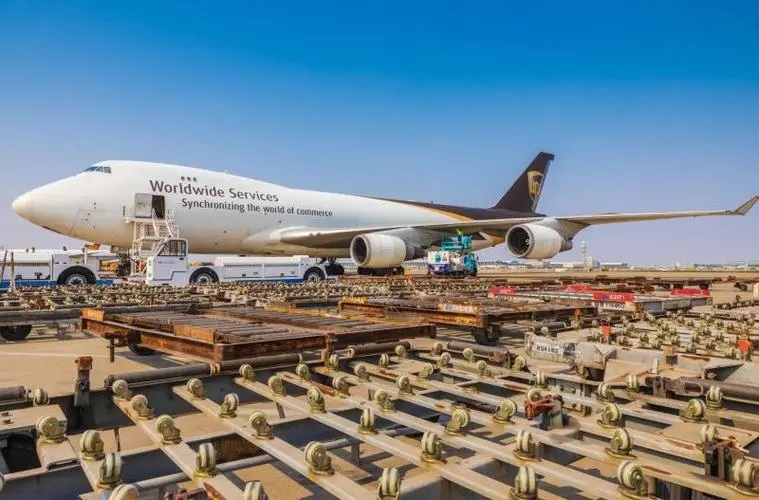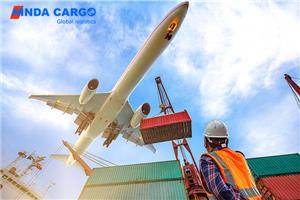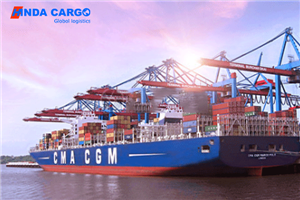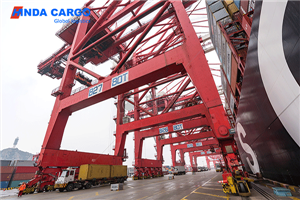What is the delay rate of goods from China to Chile?
In the era of globalization, cross border transportation of goods has become increasingly common, and timely arrival of goods is crucial for supply chains and commercial operations. For many companies and individuals, one of the concerns is the delay rate of goods from China to Chile and how to deal with potential delays. This article will delve into this issue and provide some insights on how to reduce the rate of cargo delay.
The complexity of cargo delay rate:
The delay rate of goods from China to Chile is influenced by various factors, which may cover the entire supply chain. The following are some key factors that may affect the delay rate of goods:
Transportation method:Goods are usually transported from China to Chile by sea or air. Different transportation methods have different risks and delay rates. Ships may be affected by factors such as weather, routes, and port congestion, while air freight is usually faster but more expensive.
Weather and natural factors: Adverse weather, natural disasters, and climate events may cause delays in the transportation of goods. Hurricanes, storms, earthquakes, and other events may disrupt transportation routes and cause delays.
Customs and policy issues: Customs clearance and policy issues may cause goods to stay at ports or border areas, leading to delays. Policy changes and trade disputes may also have adverse effects on the transportation of goods.
Supply chain management: The efficiency and coordination of the supply chain have a profound impact on the delay rate of goods. Any issue in the supply chain can lead to delays in goods.

Suggestions for reducing the delay rate of goods:
In order to reduce the delay rate of goods from China to Chile, the following are some possible suggestions:
Choose a reliable transportation company: Choose an experienced and reputable transportation company to reduce the risk of cargo delay.
Plan and book in advance: Plan and book cargo transportation in advance to ensure sufficient time to address potential issues.
Reasonable estimation of transportation time: Reasonably estimate the transportation time of goods in contracts and agreements, avoiding overly optimistic promises.
Clear communication: Maintain good communication with freight companies, freight forwarders, and suppliers, and keep abreast of the status and progress of goods in a timely manner.
Goods tracking and monitoring: Use a goods tracking system to monitor the location and status of goods in real-time, identify problems early, and take action.
Risk management: Establish a risk management strategy to address issues that may cause delays in goods, such as weather events, customs issues, and transportation interruptions.
In summary, the delay rate of goods from China to Chile is a complex and multifactorial issue, but through wise selection and effective supply chain management, the delay rate can be reduced to ensure that goods arrive at their destination on time. Maintaining clear communication, reasonably estimating transportation time, and establishing risk management strategies can all help effectively address potential delays.




